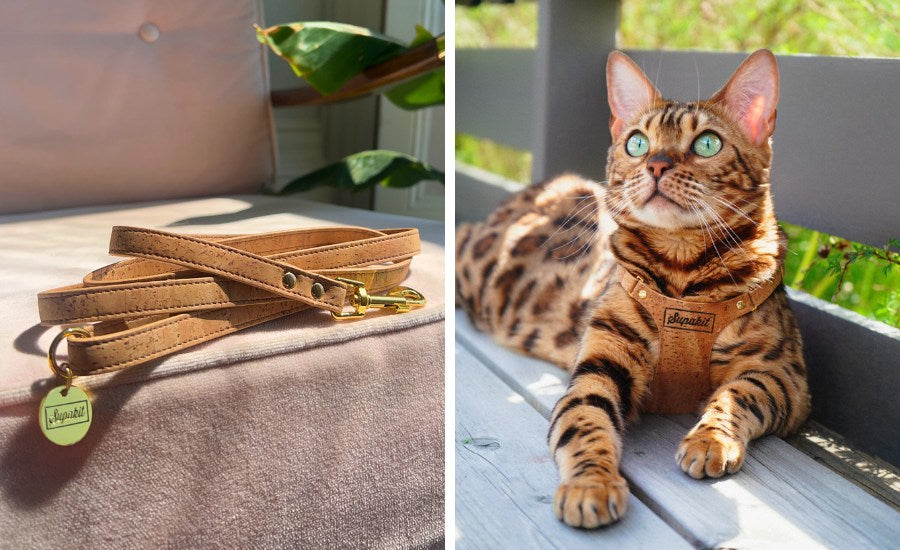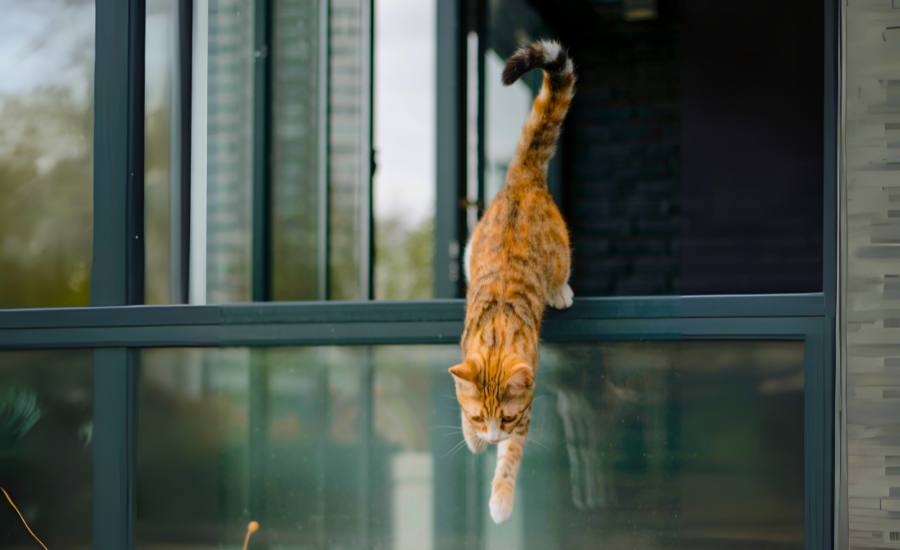Cat Super Senses: 5 Things Your Cat Can Do, But You Can't!
We all know that living with a cat is an exercise in living with a superior being and getting to grips with how totally-not-worthy you are! But if you were ever in any doubt about how fantastically super your kitty is, here are 5 super sensory things that they can do, but you can't...
1. Move their ears
Have you ever wondered in amazement at your cat's impressive (if selective) hearing skills? “It’s like he can hear a can of tuna opening from three floors away!”
Well, our cats aren’t just listening out for the tell-tale sounds of tin openers. They have highly mobile ears, able to rotate and scan their environment for even the faintest of sounds, and they do so constantly. The movement of their ears is mostly controlled by the bursa – a distinctive pocket on the outside edge of each ear.

By moving their ears in response to a perceived sound, cats can judge the location of the origin of a sound with extraordinary accuracy. For example, studies have shown that when responding to a sound emanating from a metre away (3 feet), they can judge its location to within 8 centimetres (~3 inches). Given their lifestyle hunting small rodents and other creatures at close range, it’s not hard to see why such high-resolution sound range-finding would come in handy!
2. Eavesdrop on mice
A cat's hearing range extends up to 60kHz, three times higher than our upper limit of around 20kHz, allowing them to hear sounds that are too high pitched for us to detect. This amazing ability actually allows them to eavesdrop of the communication sounds of many of their prey, such as rodent chatter which falls in the 25kHz range!
3. Sniff out friend from foe
As cats are generally solitary creatures, they can’t rely solely on immediate forms of communication (e.g. vocalisations) to communicate with each other. Instead they use scent. As a cat explores it will rub on things to deposit scent from the scent glands in their lips and chin, top of their head, and top of the tail onto the item in question. When another cat comes along, they will be able to use a special organ in the roof of their mouth, their vomeronasal organ, to ‘read’ the scent and interpret the chemical message the earlier cat deposited. If you've ever seen your cat pulling a weird facial expression with their lips curled back, they're actually using their vomeronasal organ to sample these scents!

Scent marks are used by cats to mark the edges of their territory, and also to tell when an intruder cat has left a scent mark on their ‘turf’.
And, most incredibly of all - in addition to marking physical boundaries, cats use scent to delineate social boundaries too. When a cat is friendly with another cat they may rub against each other two swap scents. This intermingled group scent is then used to distinguish accepted insiders who will be greeted in a friendly manner from outsiders who will most likely be driven away!
4. Follow scent trails
The inside of your kitty's nose may be small (and adorably boop-able) but it actually dedicates about 5 times more surface area to dectecting scents than yours does! It gives them a highly tuned sense of smell which comes in handy when hunting because their prey, particularly mice, often leave urine trails behind them designed to carry scent messages to other mice. Cats are believed to be able to smell these and follow the urine trail scent back to its mouse source.
5. See in the 'dark'

Our cats evolved as twilight hunters. They love to creep out at dawn and dusk when the light is low to snare their prey, and because of this their eyes are perfectly attuned to twilight vision.
First there's the size of their eyes - huge, relative to the size of their head. Each eye comes equipped with a super-size cornea and lens at the front that create an enormous aperture into the eye, allowing their eyes to gather as many precious rays of light as they can.
Then there are the cells that make up their retina. There are two 'flavours' of cells in the retina - rods which give exceptional definition in low light but don't detect colour. And cones which can detect colour but need lots of light to do so!
Unsurprisingly our kitties' eyes massively favour rods, which means that our little twilight hunters can see well, even when the light levels are too low for our cone-heavy eyes. So the next time your cat 'accidentally' tries to trip you up on the stairs at night, you can give them the benefit of the doubt - from their point of view they're sitting there plain as anything for you to see, and you're the bumbling fool who couldn't spot them!!
Related posts: 'Cat Sounds: What Do They Mean?' and 'Six Strange Cat Behaviors Explained'







